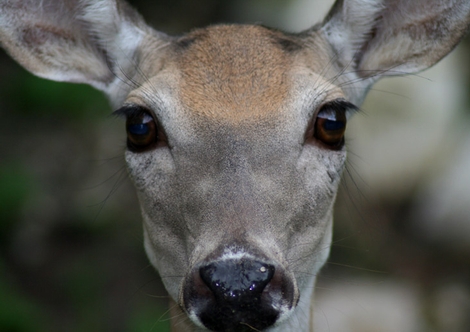
A deer herd should be managed as two separate populations. The female segement of the herd must be managed to maintain productivity. The number of new deer added to the pre-hunt population is a function of the number of fawns born and their survival until until the fall. The number of fawns born is primarily determined by the number of does, but the survival of fawns, however, is mostly dependent upon the physical condition of does, although predation is certainly a factor is some situations.
A large number of does that are nutritionally stressed will not raise as many fawns to be added to the fall population as a lesser number of healthy does. In reality, managers should not be overly concerned about the age of the doe harvest. Some young does will be taken and some old does will be taken, but as long as the does on your property are the result of the well-managed buck segment of your herd, you will be just fine.
In most situations in the south, harvesting around 20 to 30 percent of the antlerless deer off a property each year will usually provide good nutritional conditions, assuming the habitat is not overgrazed by cattle or some other form of domestic livestock. On well-managed land, a healthy doe harvest should produce conditions for good fawn survival, good body size, and good antler developement. To make sure you are harvested at the proper rate, the best bet is to conduct a deer survey in late-summer of each year.
